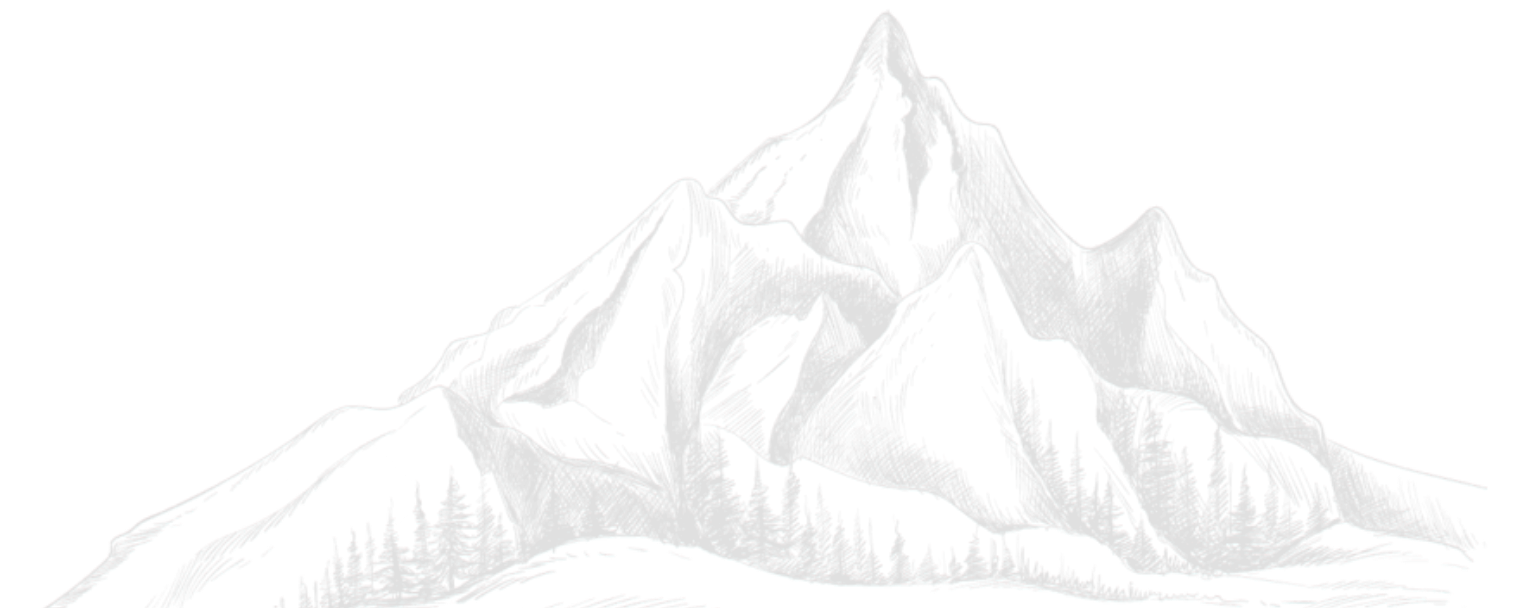
The tower was built in 1899 by Šaćir-bey, son of Hrušid-bey Jusufagić. During the Balkan Wars, Šaćir‐beg Jusufagić sold the tower to the Bećiragićs, so this tower is popularly known as the Bećiragića tower. It was built, like the other Plav-Gusinj towers, by the famous stone masons from Debra. It is built of hewn stone. The tower has a ground floor and two floors. Previously, it also had a fourth part - a veranda, also built with hewn stone. On the shingle roof, it had a small minaret made of wood, which was called a babafinka, as a mark for a Musafir house. The dimensions of its base are 10.3 10 m. Only the front part of the tower is made of hewn stone, as are the corners.
This tower had the purpose of a guest house. In it, travelers, travelers, could get lodging and food, without any compensation. Such towers and houses could be recognized by the detail on the roof, which was called babafinka, and represented a small minaret 1.5 meters high, decorated with a wooden apple, painted in gold or red.
On this tower above the door, divided into two parts by a moon and a star, there is a history of the construction of the building. This history is the longest and most beautiful calligraphically arranged history in Plav. In addition to the history itself, there are also ornaments on the tower. The pillars of the entrance door are specially decorated. There are carved sabers on their inner sides. On the inner part of the right pillar of the entrance door of Šaćir-bey's tower, below the symbol of the saber, there is a symbol of a gun facing the ground. Turning the firearm towards the ground sends the message that the residents of the house are down, they don't want a fight, but they are ready for it. On the inner part of the left pillar of the entrance door on Šaćir-bey's tower, below the saber symbol, there is a scissor symbol. The right pillar represents the host, and the left represents the hostess.
